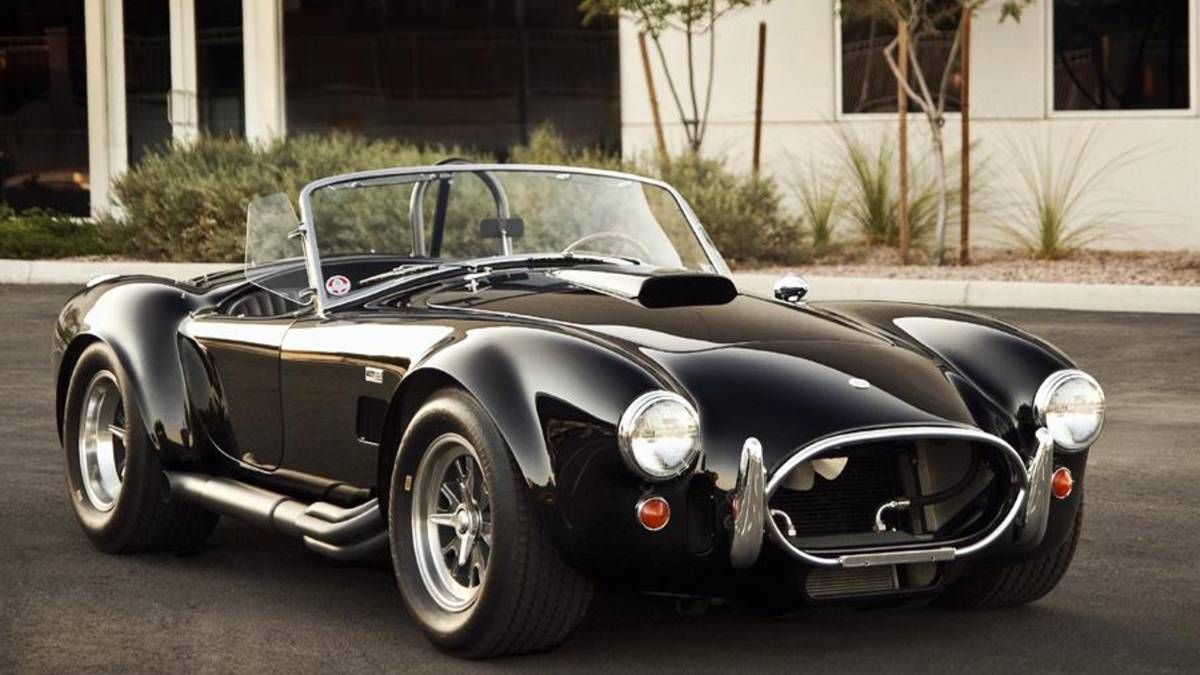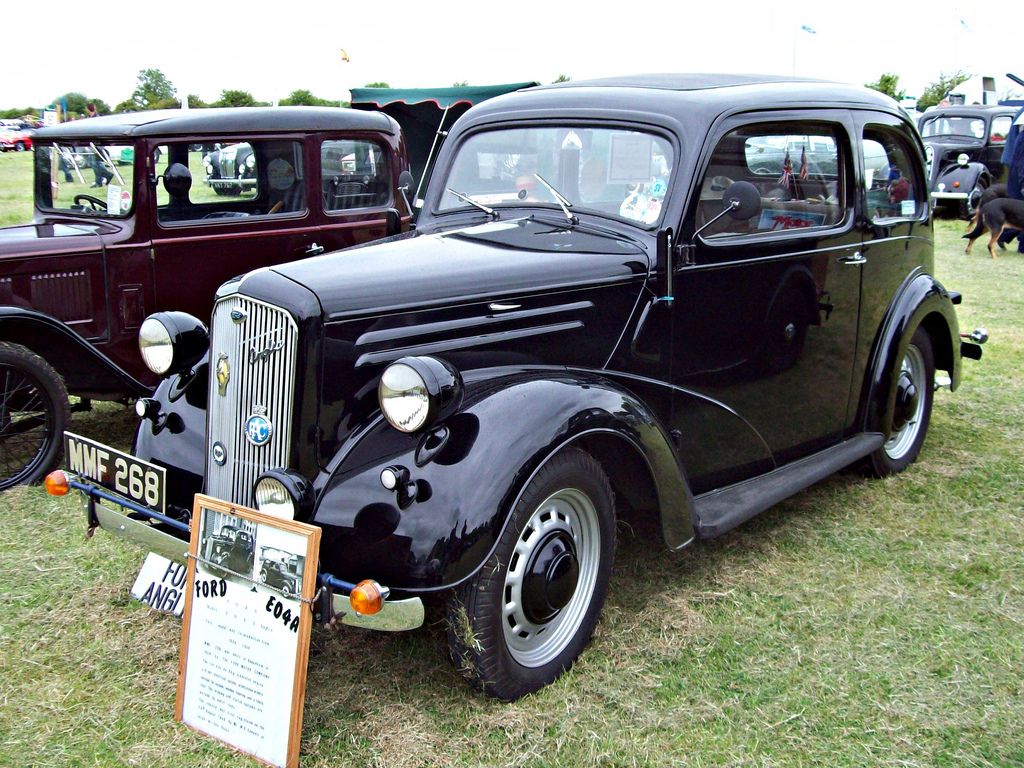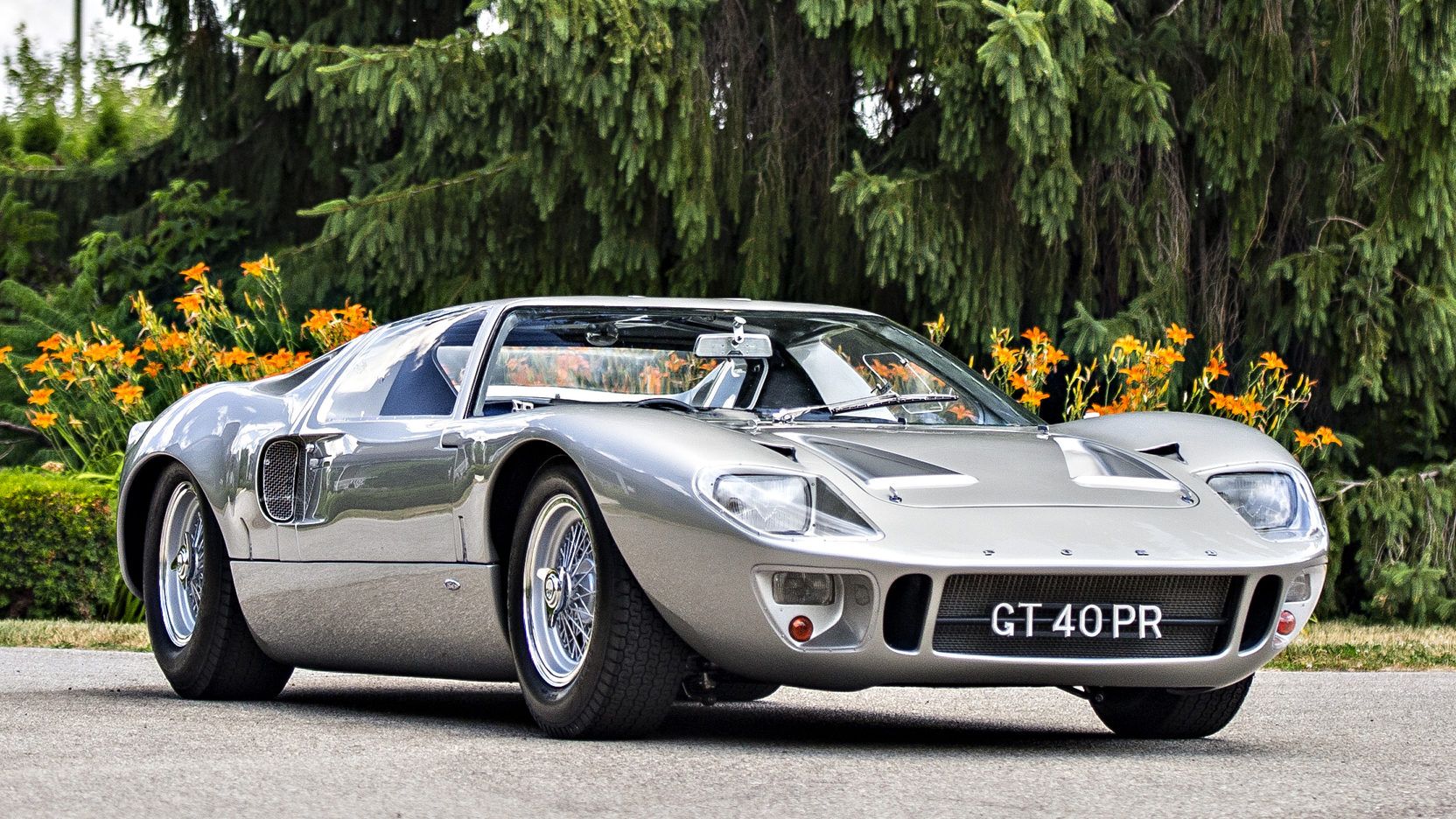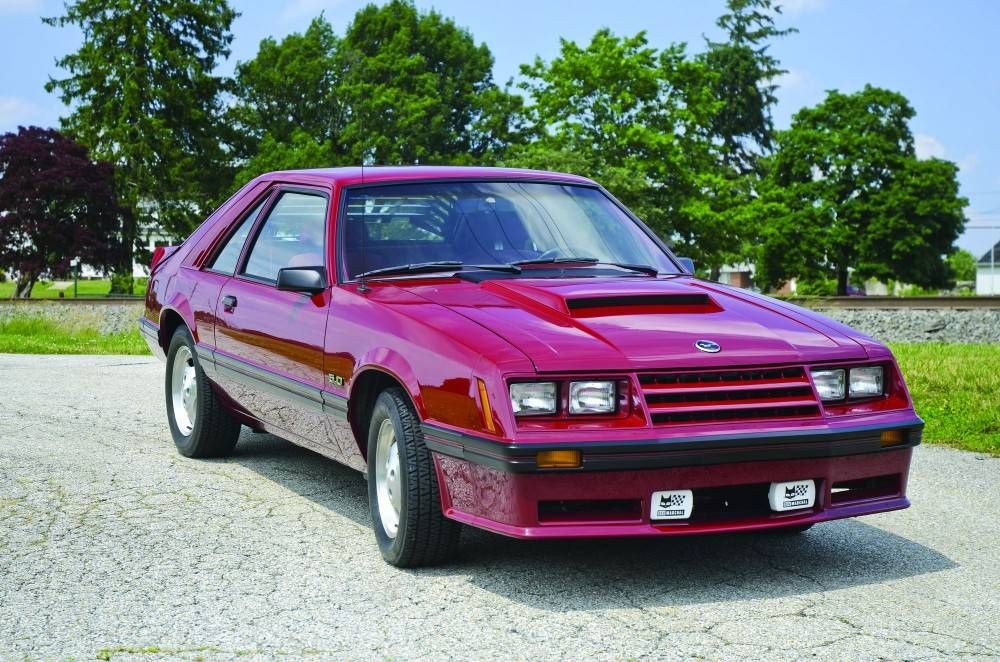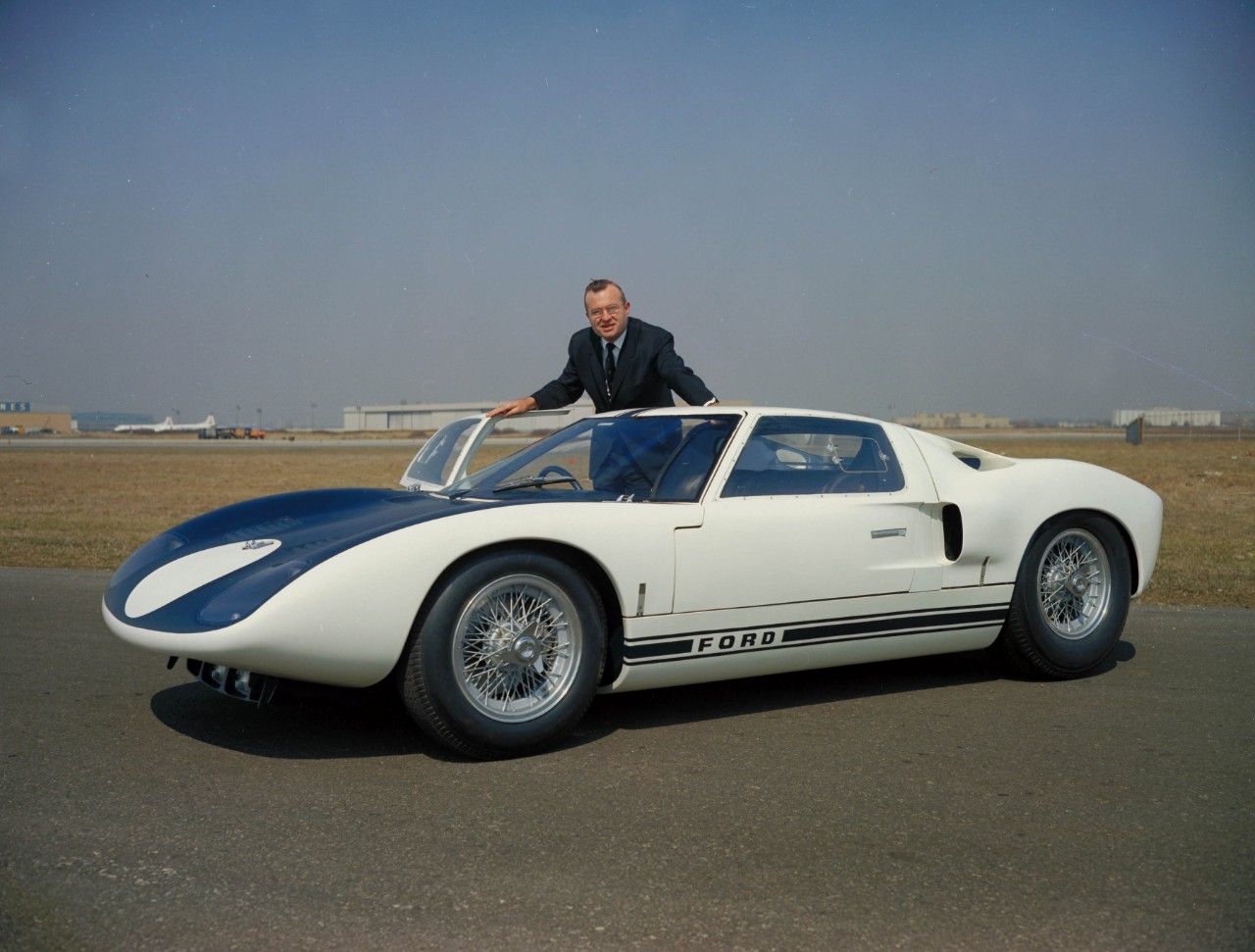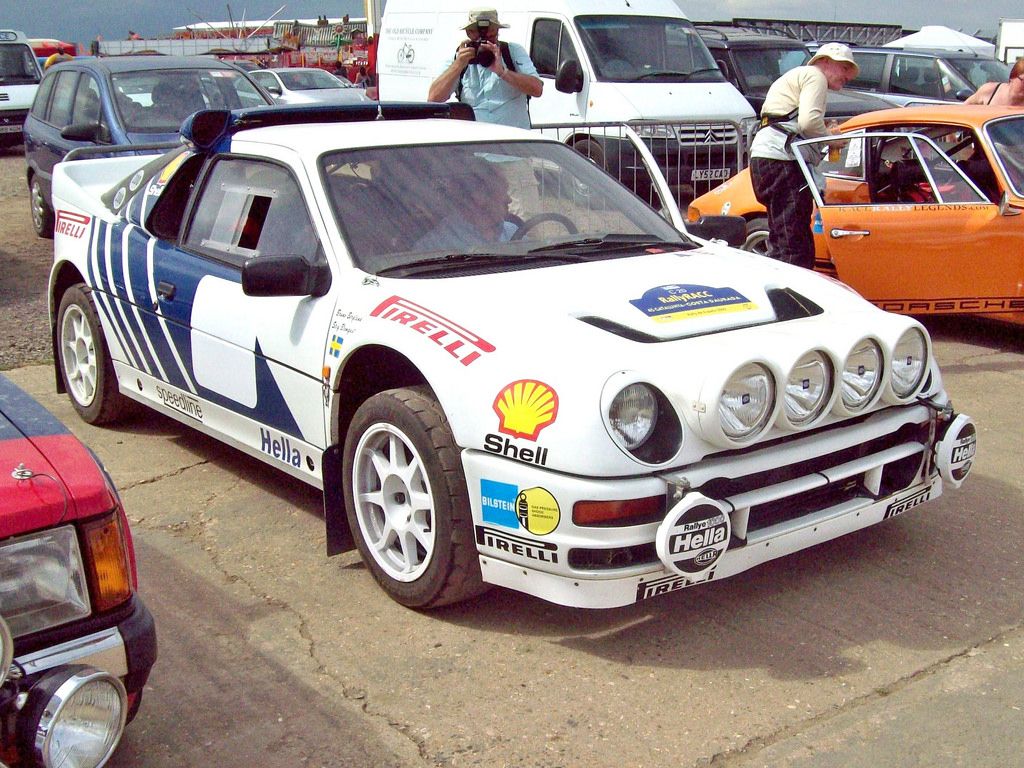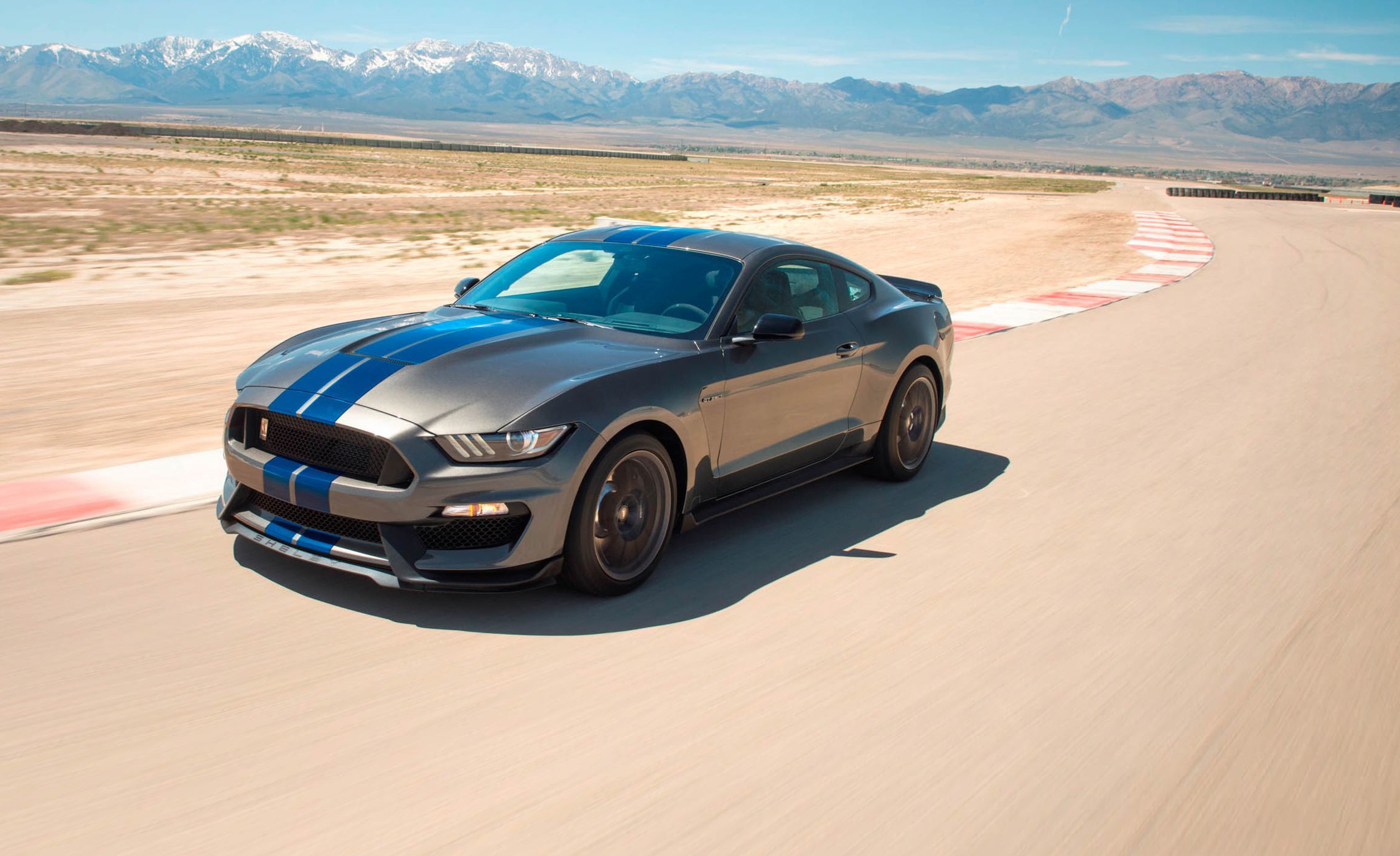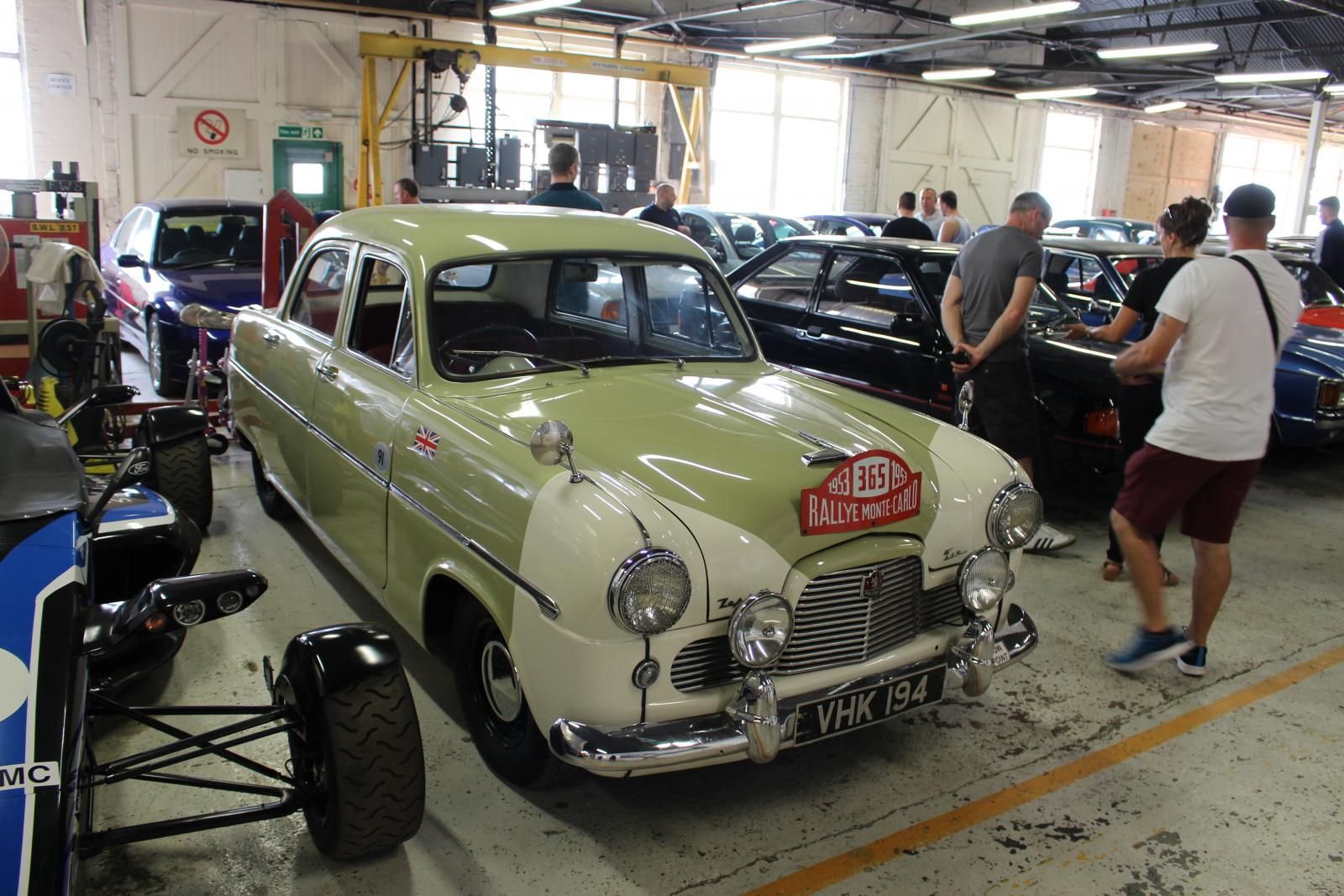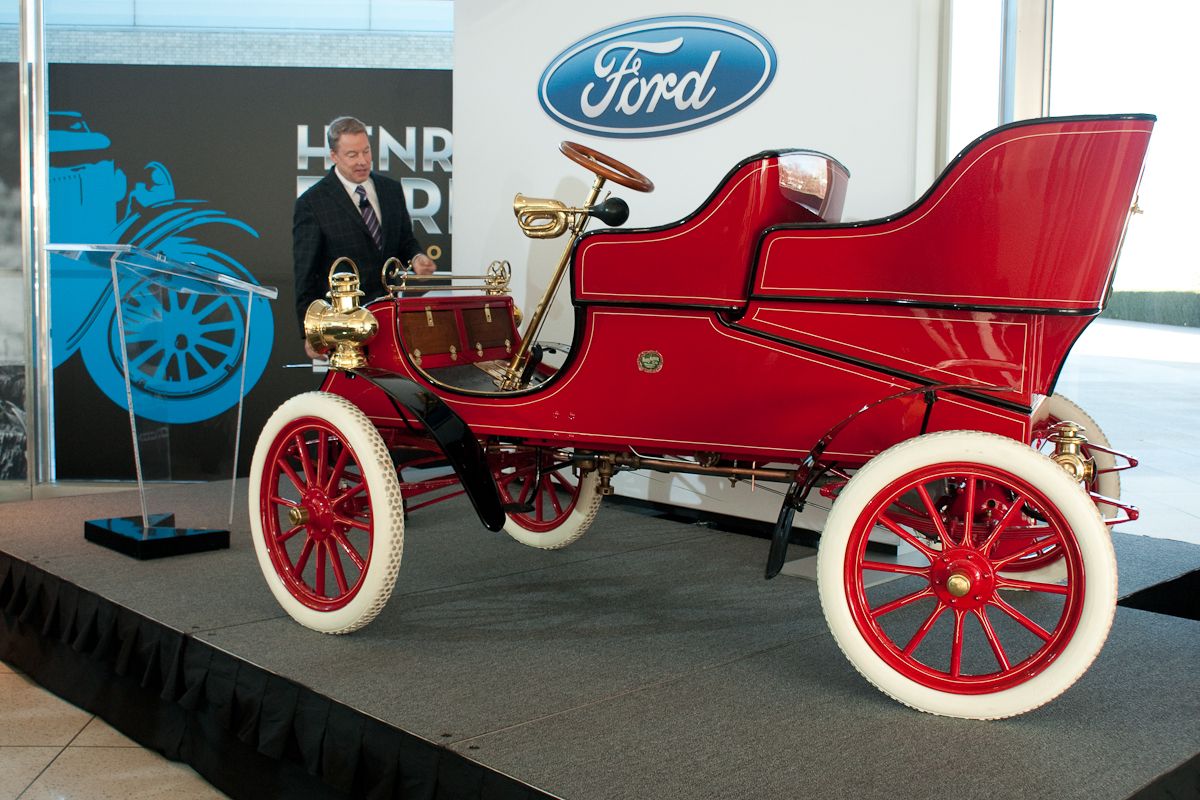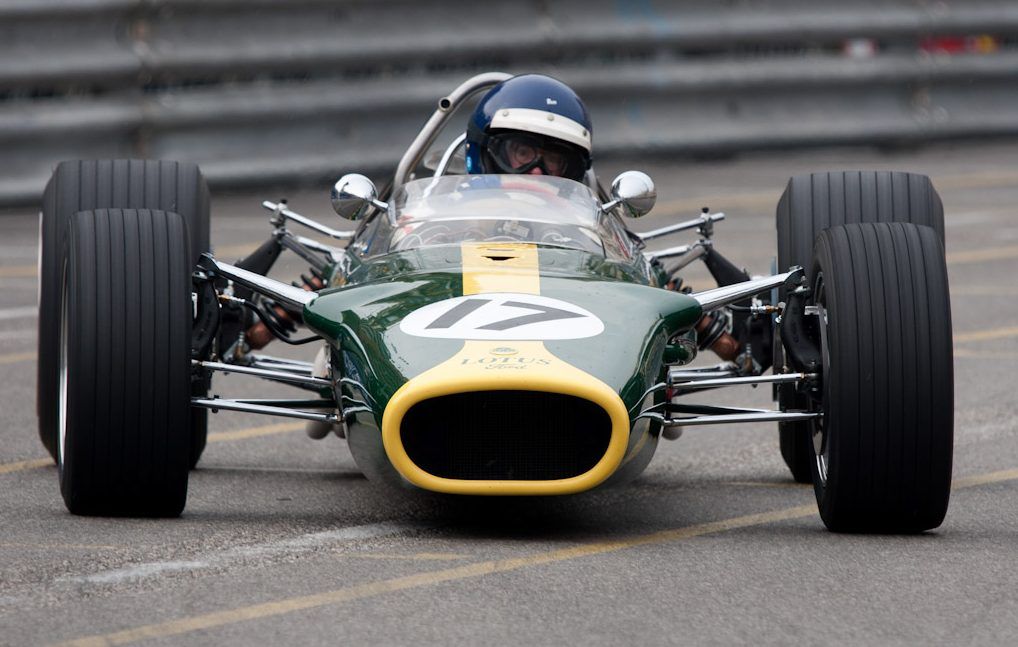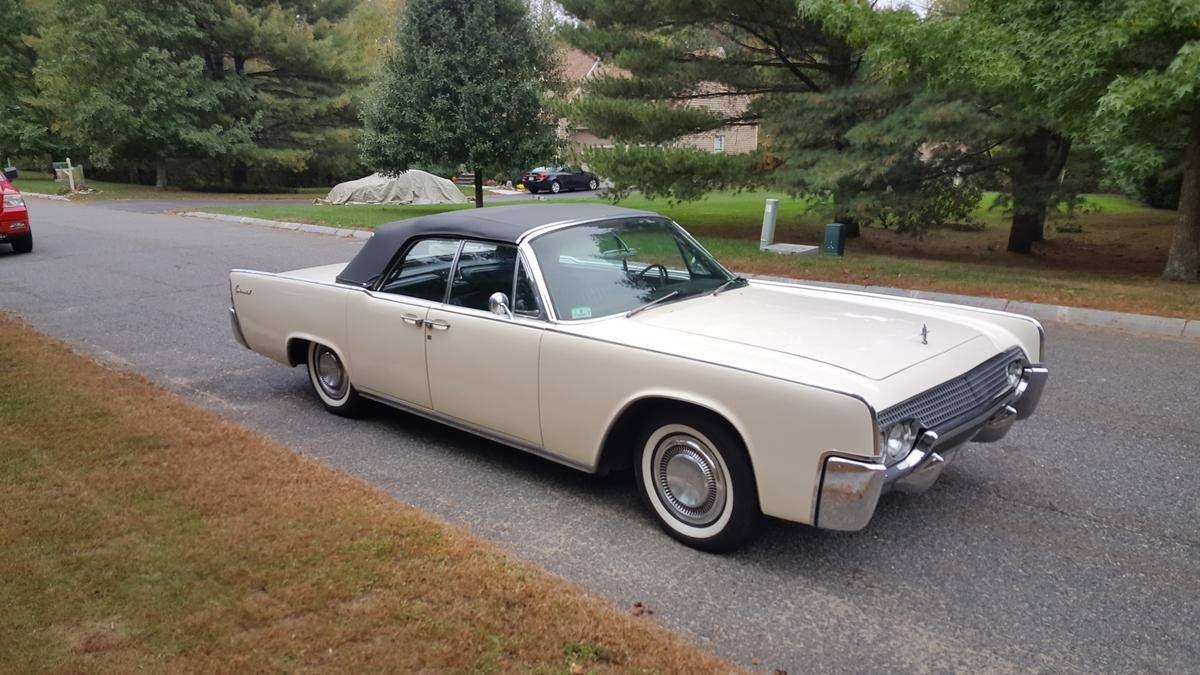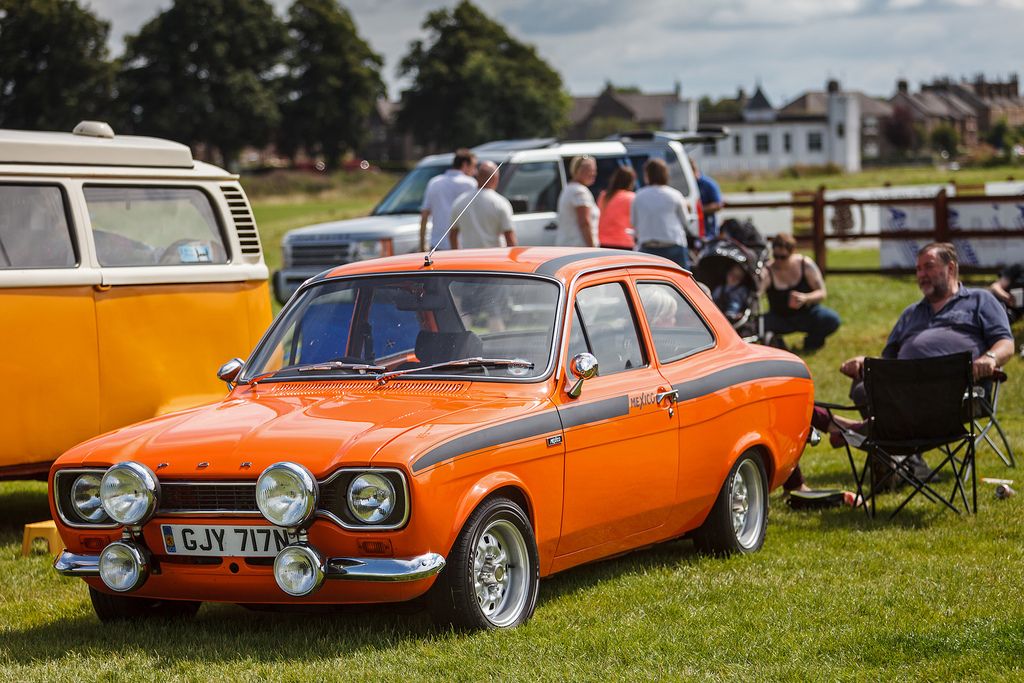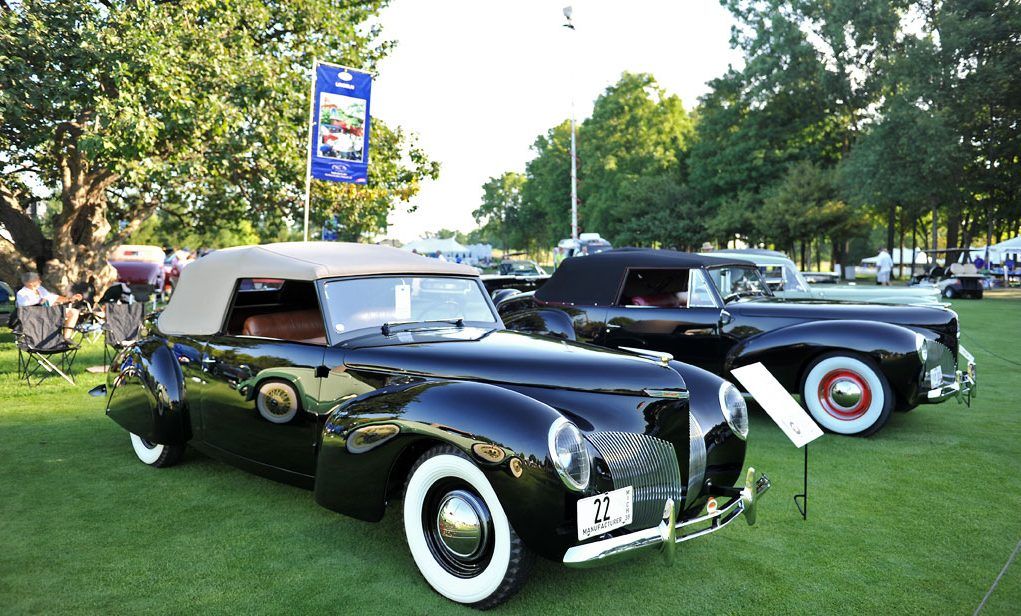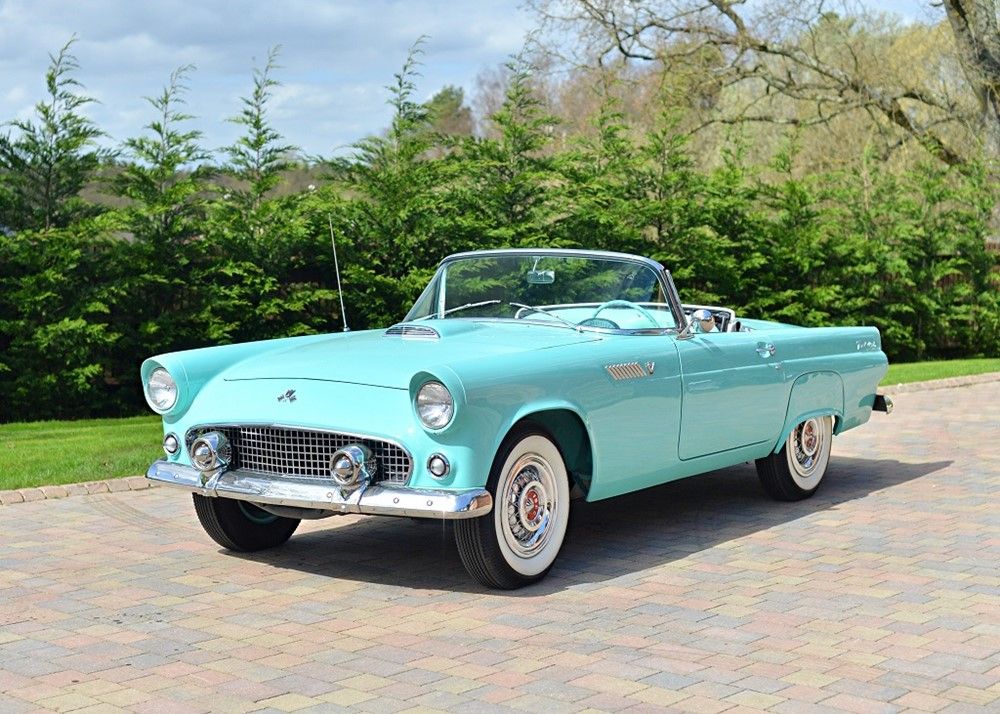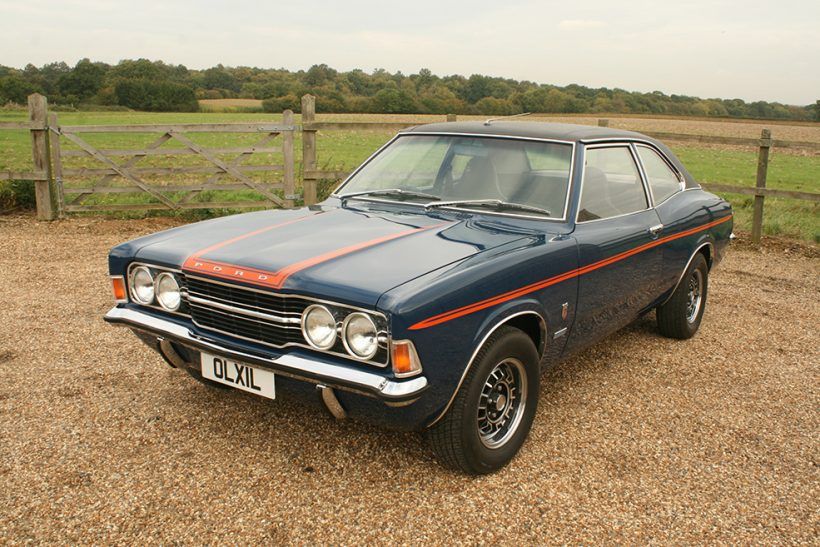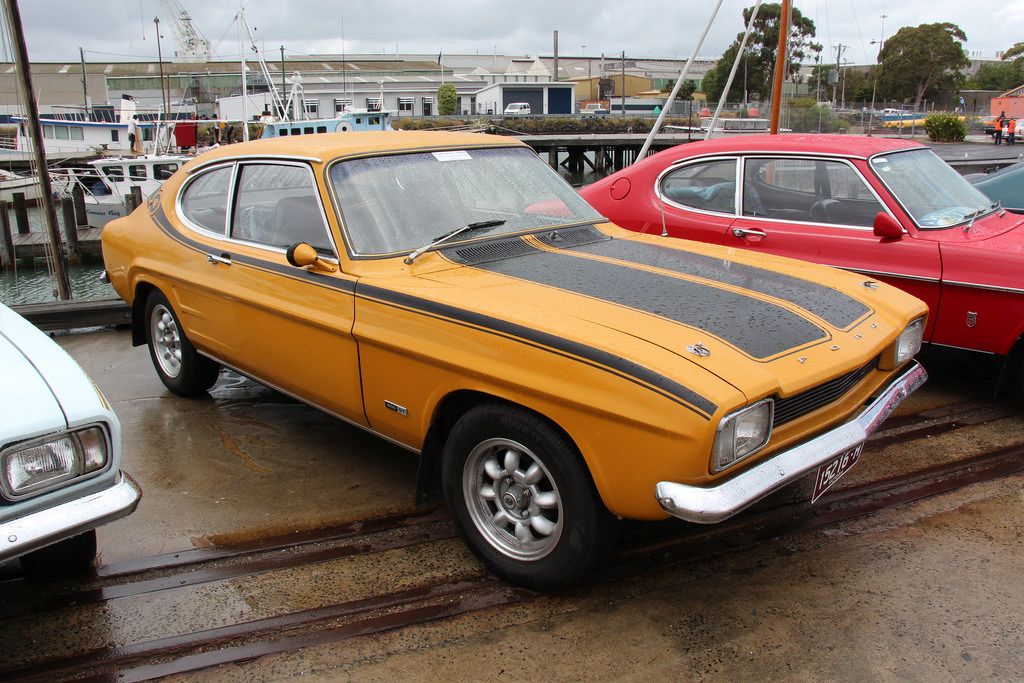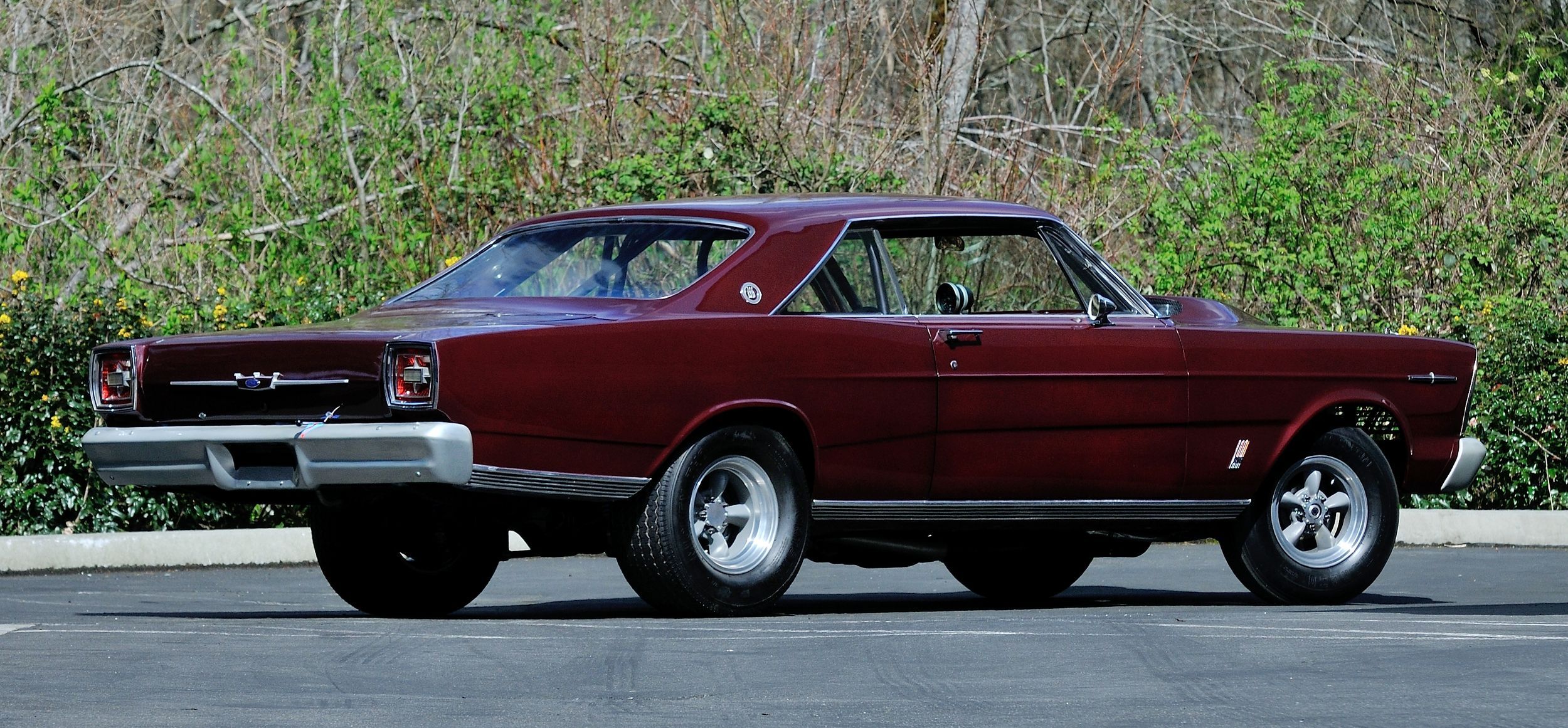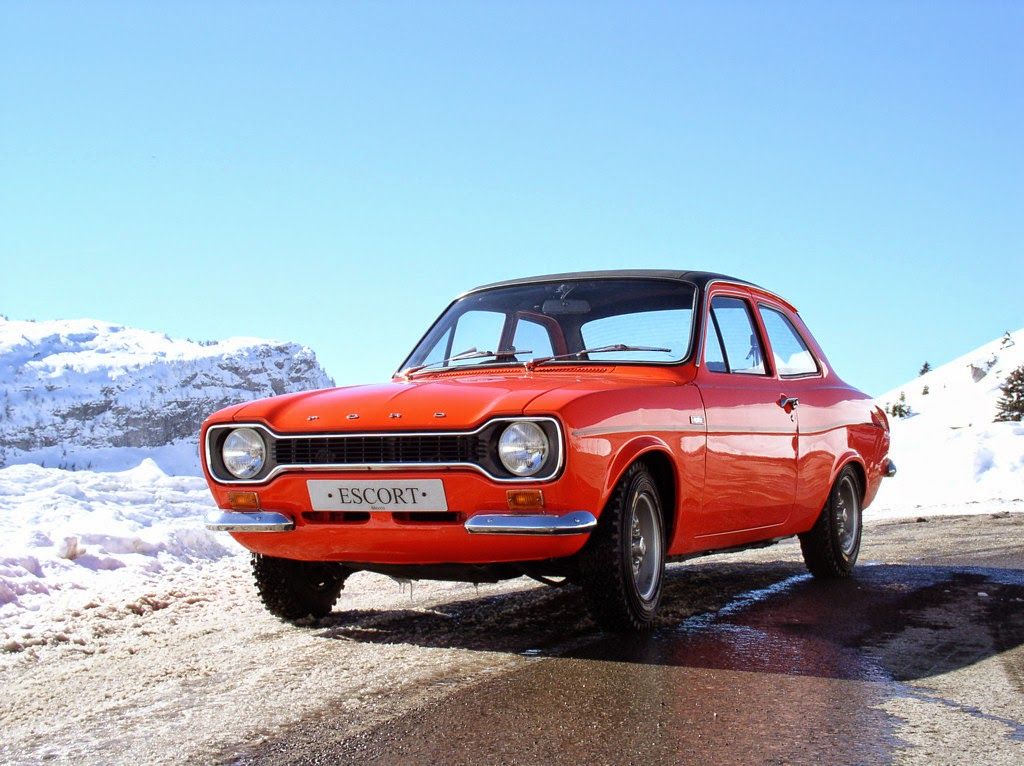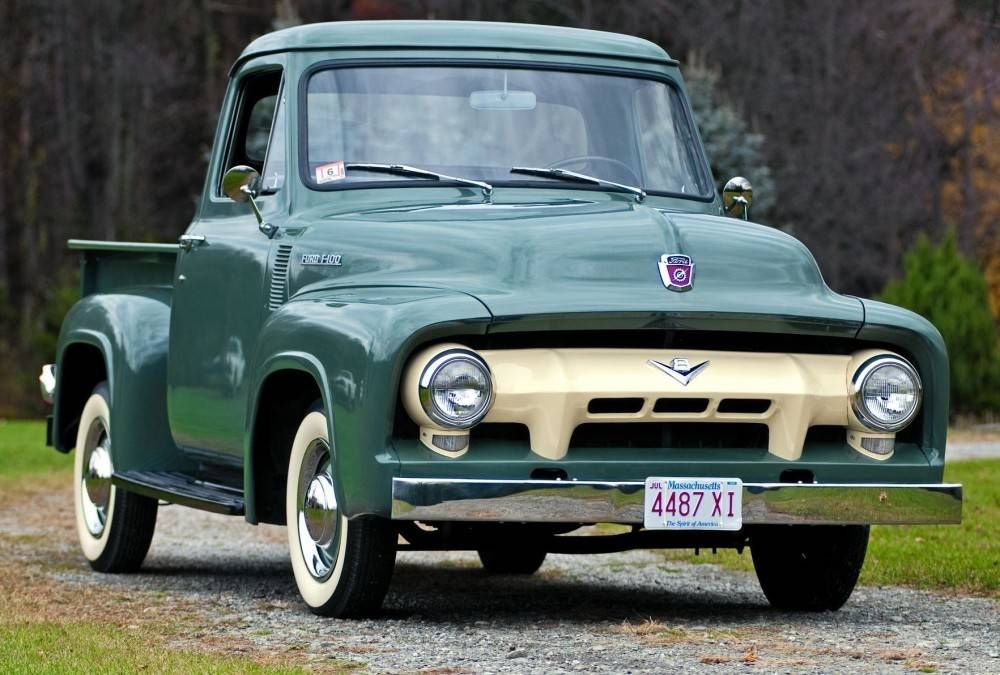Considering that Henry Ford had failed in two businesses, nobody thought that the Ford Motor Company would be a success when he established it in 1903. Not only did Henry Ford manufacture one of the most famous models in automobile history, but the Ford Motor Company achieved several milestones that led it to the listing on the New York Stock Exchange.
Although the Ford family have the minority ownership in the company, they have the majority of the voting power. Apart from the magnificent Model T that the company produced, Ford Motor Company is also responsible for manufacturing the best selling vehicle in the United States. The Ford F-series is one of the best pickups to grace the road, but the automobile maker has also established a name in the muscle car segment.
Many people consider Mustang to be one of the best muscle cars produced. Although Ford has proven to make excellent pickups and muscle cars, it also manufactured numerous sedans. Some of the sedans such as the Focus and Fiesta are regular entrants on Consumer Reports' Least Reliable list. Since the establishment in the early 1900s, Ford has manufactured numerous models; some which the market has forgotten. We delved into the history of Ford's vehicles to revive the forgotten gems that have made Ford the automobile manufacturing powerhouse it has become.
25 1965 Mustang
You can't leave the Mustang out of the conversation when discussing one of the best muscle cars of all time. The 1965 model was part of the first generation of Mustangs. Many car experts considered the 1965 Mustang as a car that had pretty metal over the bones of a Falcon.
The smart marketing that Ford deployed for the Mustang helped to spur the car into stardom. Mustang enthusiasts have disagreed about the first Mustang, introduced in 1964, as officially a 1964 or a 1965 model, according to Car and Driver.
24 1965 Shelby 427 Cobra
In my opinion, the Shelby 427 Cobra is the most beautiful vehicle that Ford has produced. Sean Connery should've driven the Cobra in the James Bond movies instead of the Aston Martin DB5. The Shelby embodies performance, style, and masculinity.
Ford formed a partnership with Carroll Shelby to build a new chassis under the AC Ace Body and fitted the vehicle with a 7-liter 'side-oiler' V8. According to Car and Driver, the car was capable of pumping out between 425 and 485 horsepower. That was amazing for the era.
23 1939 Anglia
While the U.S. cars became larger during the '30s, the rest of the world sought small cars to combat higher fuel prices and congested former cart paths. Ford UK produced more than 1.5 million Anglia rides from 1939 until 1967.
When the car debuted on the market in 1939, it was the smallest model in the UK Ford range. Ford targeted the cheap end of the market with the Anglia. The styling was typical for the late 1930s, and the car had an upright radiator. The Ford Escort replaced the Anglia.
22 1966 GT
The rebirth of the GT models showed the world that Ford was capable of audacious designs and engineering. The styling of the 1966 GT was similar to the GT40, but the great aspect of the 1966 model is that it had a 5.4-liter 32-valve V8 engine that was capable of pumping out 550 horsepower that sat in the GT's midsection feeding a six-speed manual transaxle.
The car performed well, and the eccentric look made it stand out from other sports cars of its era.
21 1982 Mustang GT
The 1982 model was part of the third generation. Car experts coined the Mustang GT as having a Fox body, which was in production since 1979. The general opinion in the automotive industry at the time was that nobody cared about performance vehicles.
The 1982 Mustang GT changed that when it came onto the market with a High Output 4.9-liter small-block engine that had a two-barrel carburetor and pumped out 157 horsepower, which might not sound like a lot now, but in the 80s, it started a horsepower war.
20 1964 GT40
Don't make Henry Ford angry. If you do, the consequences might be devastating for your organization. When Ford reached an agreement with Enzo Ferrari to purchase the Italian manufacturer, Enzo pulled out of the deal at the last minute. That angered Ford, who instructed his engineers to produce a high-performance vehicle that would beat Ferrari at the 24 hours of Le Mans.
The engineers got to work and produced the GT40, which won the Le Man four consecutive times from 1966 to 1969.
19 1985 RS200
Consumers who wanted a sporty Ford in the '80s would have gone for the RS200. The mid-engine, four-wheel drive sports car lasted on the market for only three years. The road version RS200 was the basis for Ford's Group B rally car and designed to comply with FIA homologation regulations, requiring 200 parts kits produced and at least one road-legal car to be assembled.
Of the 200 original cars produced, 24 were converted into Evolution models, which owners marked as E or E2 types.
18 2010 F-150 Raptor
Production of the Raptor might not stem from decades ago such as the other models on the list, but this car is poised to become a classic. Truck fanatics who want a stylish exterior with great off-road capability will find the Raptor to be an exquisite pickup.
To improve the fuel economy and weight on the Raptor, Ford replaced the 6.2-liter V8 engine with a 3.5-liter twin-turbocharged V6 engine that is capable of pumping out 450 horsepower through the 10-speed automatic transmission. Owners of the Raptor should hang onto the vehicle, as it's destined to become a collector's dream.
17 1953 Zephyr
The Zephyr might not look like one of the most extravagant cars that Ford produced, but it was one of the largest passenger cars in the British Ford range from 1950 until the replacement by the Consul and Granada models in 1972.
When Motor magazine tested the Zephyr in 1951, the car had a top speed of 79 mph. Considering the car had a bulky frame and was produced in the '50s, it needed 20 seconds to reach 0 to 60 mph. The car's fuel consumption was 23.7 miles per imperial gallon.
16 1903 Model A
The original Ford Model A was the first car that Henry Ford produced. If you're curious to know who the fortunate owner of the vehicle is, then don't be surprised to find out that it's a Ford family member.
William Clay Ford Jr, the current chairman of the Ford Motor Company and great-grandson of Henry Ford, is the proud owner of the car. When the car debuted onto the market, it was a two-seater runabout that cost around $800. Trying buying the car for that price these days if you can find one.
15 1967 Lotus 49 Ford-Cosworth
Ford didn't just make great cars for daily drivers. The company also embarked on making fantastic vehicles that performed well on the track. Cosworth designed a DFV engine for Ford in the first Formula 1 car that used the engine as a stressed member of the chassis.
That meant the car caused a revolution. The Lotus finished second in the constructors' championship in 1967, but versions of the 49 won the title in 1968 and 1970. The DFV variants also won the 24 Hours of Le Mans and Indianapolis 500.
14 1961 Lincoln Continental
From 1958 until 1960, Lincoln produced bad Continentals. The model that saved the entire brand was the 1961 Elwood Engel design that had clean sides and a flat hood and trunk.
The car was a huge success and influential beyond Ford's borders, as the four-door flagship inspired a generation of muscle cars that were clean. Another aspect of the car that consumers admired were the suicide rear doors. The 1961 model paved the way for the Continental generations that followed.
13 1975 Escort
You don't want to mess with the Escort, as it will provide more power than you think. The first generation ended in 1975, which was the most special. In 1974, Ford announced that the production of Escort in the U.K. had reached two million units.
That was a milestone unmatched by any Ford model outside of the U.S. The suspension on the Escort consisted of MacPherson strut front suspension and a simple live axle mounted on leaf springs. The Escort was the first Ford to use rack-and-pinion steering.
12 1939 Lincoln Continental
Lincoln is a division of Ford, dedicated to producing luxury cars. One of those vehicles was the Lincoln Continental. Ford introduced the vehicle as Edsel Ford's daily car that became a stylish V-12 powered coupe and convertible.
The Lincoln Continental became a huge success for the company, and production of the car has spanned over ten generations, during almost 80 years. Although the new models are stunning, the original Continental remains the gem.
11 1955 Thunderbird
One of the most glamorous vehicles that Ford produced was the original two-seat Thunderbird. Three years later, Ford botched up the production by introducing it as a four-seater.
Ford wanted to compete with Chevrolet but did not market the Thunderbird as a sports car, unlike the Corvette. Consumers received the redesigning of the two-seater into a four-seater well, as Ford sold around 200,000 units in three years of the four-seater, which was four times the result of the two-seater.
10 1970 Cortina
The 1970 model was the Mark III. One of the ways of determining if a vehicle is a classic is by looking into Jeremy Clarkson's garage. The first car that Clarkson owned was a Ford Cortina.
The inspiration for the Mark III Cortina was the coke bottle design language that emanated from Detroit. The car boasted a similar fluted bonnet and beltline design elements of the Mercury Montego and the Ford LTD of the same era. When the Mark III Cortina went on sale in 1970, it got off to a slow start due to the production difficulties arising from the workers strike.
9 1969 Capri
The Capri was a fastback coupe that used mechanical components from the Mk2 Ford Cortina and intended as the European equivalent of the Mustang. The big advantage that the Capri had over the Mustang is its glamorous body. The car was a huge success for Ford, as sales reached almost 2 million units.
Production for the beautiful vehicle started in 1968 and ceased in 1986. Although an official replacement didn't exist for the Capri, the second-generation Probe was the car's effective replacement.
8 1965 Galaxie LTD
Ford wanted to bring out a new full-size car that ditched the leaf springs for coil springs, achieving new standards in comfort and quietness. Ford was so satisfied with the engineering of the car, including the front suspension, that it became the standard building blocks of NASCAR stock cars.
When the production of the Ford Crown Victoria ceased in 2011, the remnants of this design also stopped. The Galaxie was a competitor to the high-volume full-size Chevrolet Impala.
7 1968 Escort
Ford Europe manufactured the Escort from 1968 until 2004. Consumers who wanted a car that was simple and straightforward would have opted for the Escort, according to Car and Driver.
Considering that the Escort had a front engine and rear-wheel drive, it made the car one of the most beloved vehicles in the United Kingdom. The car became so popular in the U.K. that it became a fierce rally car and a performance icon. Ford revived the car in 2014 for a car based on the second generation Ford Focus sold on the market in China.
6 1953 F-100
Back in the '50s, consumers who wanted to drive the best looking truck would have opted for the F-100. Although the 1953 model was a gargantuan vehicle for its time, the 1956 model got bigger when the wraparound windshield perfected the design.
Thanks to the modern chassis underneath, the F-100 was an overall beautiful vehicle. Many F-100 owners have customized the vehicles into hot rods, but some of the golden oldie trucks continue to work hard every day.



